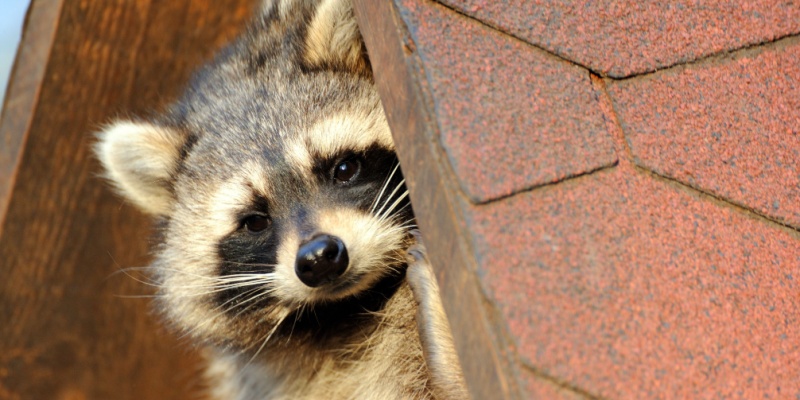Raccoons are highly intelligent and resourceful creatures, and their adaptability has allowed them to thrive in both urban and suburban environments. One of the most common and frustrating issues homeowners face is dealing with raccoons in the attic. These nocturnal animals are always on the lookout for a safe and warm place to nest, and your attic can be an inviting option. But how do raccoons get into attics, and what can you do to keep them out?
How Raccoons Access Your Attic
Raccoons are incredibly agile, and they can climb just about anything, including trees, fences, and even the exterior of your house. Typically, they use overhanging tree branches or nearby structures to access your roof. Once they’re on your roof, they search for weak spots that can provide entry into your attic.
Common entry points include:
- Damaged or loose shingles: Raccoons can easily pry up loose shingles or find gaps in damaged roofing material.
- Soffits and eaves: These areas are often weak spots that raccoons can exploit to tear through and gain access to your attic.
- Vents and chimneys: Attic vents and chimneys without caps or screens can serve as open doors for raccoons.
- Gaps around attic windows or crawl spaces: Even the smallest opening can be an invitation for a raccoon to make its way into your home.
Once inside, raccoons tend to make nests, particularly during the winter months when they’re seeking warmth and shelter for themselves and their young.
What Attracts Raccoons to Your Attic?
Several factors can attract raccoons to your attic. These animals are not only in search of shelter but also for easy access to food. Here are some key things that might be luring them in:
- Warmth and safety: Attics provide a dry, warm environment that is ideal for raccoons to raise their young.
- Food sources: Raccoons are opportunistic feeders. If your home has easy access to garbage, pet food, bird feeders, or even compost, raccoons will stick around.
- Seclusion: Attics are typically quiet, undisturbed areas, making them the perfect place for a raccoon to hide from predators and people.
The Dangers of Raccoons in the Attic
Having raccoons in your attic can cause a host of problems. First and foremost, they can cause significant structural damage. Raccoons will rip apart insulation, chew through electrical wiring, and even tear up ductwork, all of which can result in costly repairs. There’s also the health risk to consider. Raccoons are known carriers of diseases such as rabies and leptospirosis, and their droppings can harbor parasites like roundworms.
Additionally, raccoons are notorious for making a lot of noise at night. You might hear them scurrying around, thumping, or even vocalizing as they communicate with their young. This can disrupt your sleep and add to the stress of having these pests in your home.
How to Prevent Raccoons from Getting Into Your Attic
The key to keeping raccoons out of your attic is prevention. Here are some steps you can take:
- Trim tree branches: Make sure there are no branches hanging over or close to your roof. Raccoons often use these as bridges to your home.
- Secure your chimney and vents: Install chimney caps and cover attic vents with heavy-duty screening to prevent raccoons from slipping through.
- Repair roof damage promptly: Regularly inspect your roof for any damage or gaps, and fix them as soon as possible.
- Seal potential entry points: Look for any holes or gaps around your attic windows, soffits, or crawl spaces, and seal them up.
- Secure garbage and food sources: Make sure your trash cans have tight-fitting lids, and don’t leave pet food outside overnight.
If you suspect raccoons are already in your attic, it’s best to contact Perfection Pest Control to safely and humanely remove them. Raccoons can be aggressive when cornered, and it’s important to handle the situation carefully.
